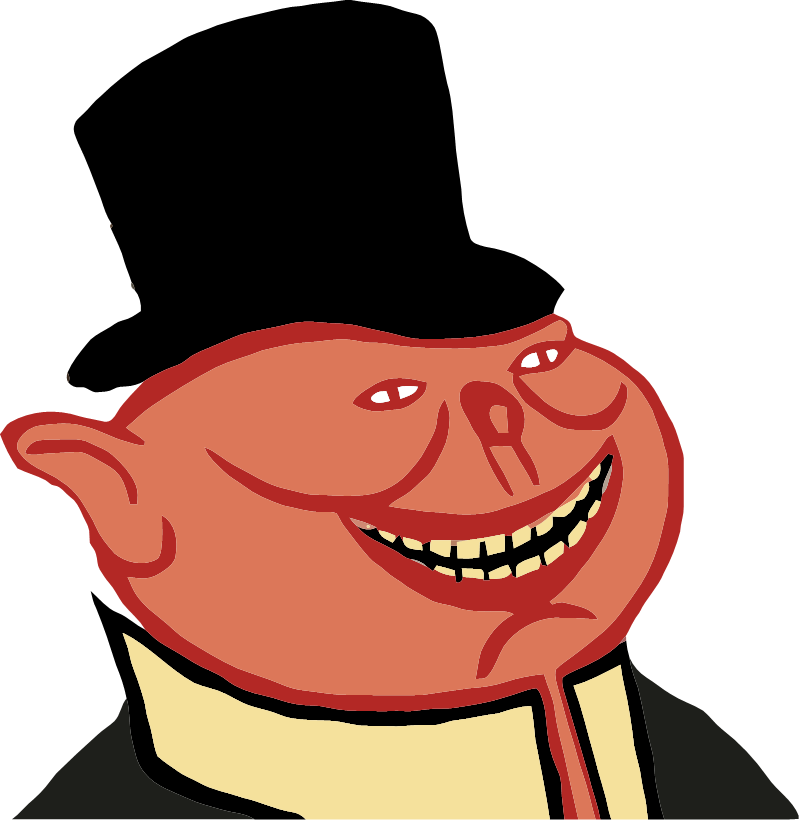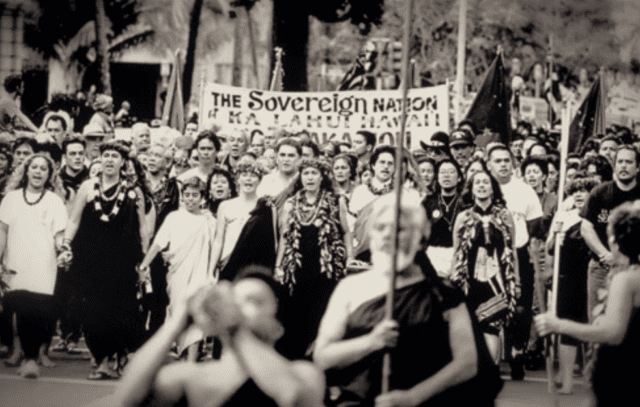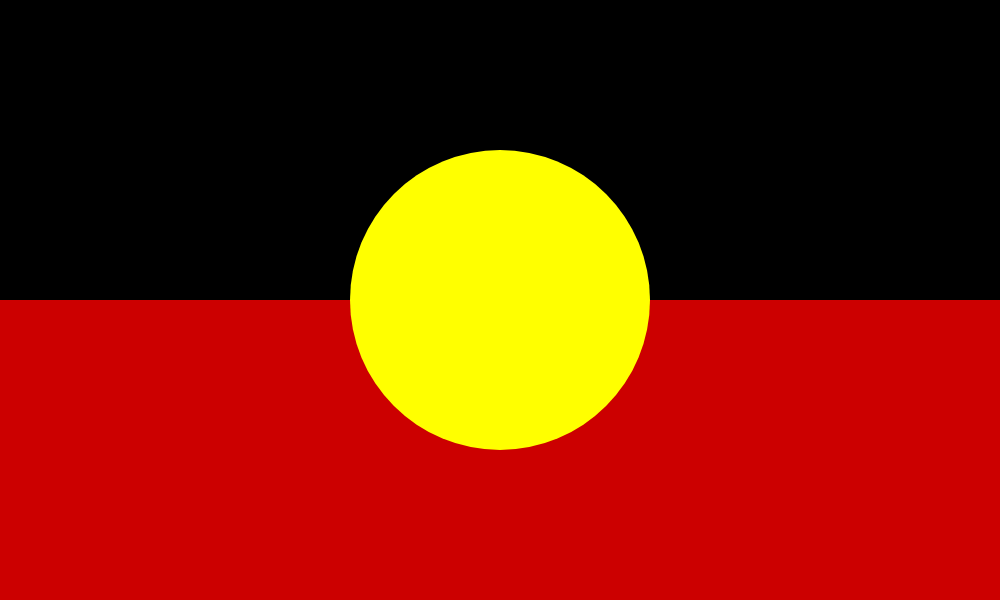On Jan. 17, 1893, Hawaii’s monarchy was overthrown when a group of businessmen and sugar planters forced Queen Liliuokalani to abdicate. The coup led to the dissolving of the Kingdom of Hawaii two years later, its annexation as a U.S. territory and eventual admission as the 50th state in the union.
The first European contact with Hawaii was made in 1778 by Capt. James Cook. In the 19th century, traders and missionaries came to the islands from Europe and the United States. They often opposed the Hawaiian monarchy, favoring instead a British-style constitutional monarchy where the monarch held little power.
In 1874, David Kalakaua became king and sought to reduce the power of the white Missionary Party (later Reform Party) in the government. In 1887, angered by King Kalakaua’s extravagant spending and his attempts to dilute their power, a small group of Missionary Party members, known as the Hawaiian League, struck back against the king.
Led by Lorrin A. Thurston and Sanford B. Dole, the Hawaiian League drafted a new constitution that reduced the power of the king and increased the power of the cabinet and Legislature. It also extended voting rights to wealthy noncitizens, while excluding Asians and restricting access for native Hawaiians through land-owning and literacy provisions. Backed by a militia, the group used the threat of violence to force King Kalakaua to sign the constitution, which became known as the Bayonet Constitution.
King Kalakaua died in 1891 and was succeeded by his sister, Liliuokalani, who proposed a new constitution that would restore powers of the monarchy and extend voting rights for native Hawaiians. The queen’s actions angered many of Hawaii’s white businessmen, who formed a 13-member Committee of Safety with the goal of overthrowing the monarchy and seeking annexation by the United States.
The Jan. 29, 1893 edition of The New York Times recounted the events of the coup. On Jan. 16, Hawaiian Marshal Charles B. Wilson attempted to arrest the committee members and declare martial law, but his attempts were turned down by other government officials who feared violence. The next day, after a police officer was shot and wounded trying to halt the distribution of weapons to the Committee of Safety’s militia, the committee decided to put its coup into action. Near the queen’s ʻIolani Palace in Honolulu, the committee’s militia gathered and were joined by 162 U.S. Marines and Navy sailors who were ordered by John L. Stevens, U.S. Minister to Hawaii, to protect the committee. The queen surrendered peacefully to avoid violence.
The Committee of Safety established a provisional government headed by Mr. Dole. U.S. President Grover Cleveland opposed the provisional government and called for the queen to be restored to power, but the Committee of Safety established the Republic of Hawaii and refused to cede power. In 1895, Hawaiian royalists began a coup against the republic, but it did not succeed. Queen Liliuokalani was arrested for her alleged role in the coup and convicted of treason; while under house arrest, the queen agreed to formally abdicate and dissolve the monarchy.
In 1898, the United States annexed Hawaii. Hawaii was administered as a U.S. territory until 1959, when it became the 50th state.
Hawaiian scholar Dr. Keanu Sai has written about the illegality of the U.S. occupation and annexation, citing an 1893 Executive Agreement between President Grover Cleveland and Queen Lili'uokalani. On June 1st, 2010, Sai filed a lawsuit against President Obama on this basis, demanding the restoration of the Hawaiian Kingdom government.
An Act of War of Aggression: United States Invasion of the Hawaiian Kingdom on August 12, 1898

Jan. 17, 1893 | Hawaiian Monarchy Overthrown by America-Backed Businessmen

Speaking Truth To Power- Investigating The Illegal U.S. Military Occupation Of The Hawaiian Islands 

Meet the native Hawaiians fighting U.S. occupation | AJ+

Megathreads and spaces to hang out:
- 📀 Come listen to music and Watch movies with your fellow Hexbears nerd, in Cy.tube
- 💖 Come talk in the New Weekly Queer thread
- 🔥 Read and talk about a current topics in the News Megathread
- 🐱👤 Come talk in the New Weekly PoC thread
reminders:
- 💚 You nerds can join specific comms to see posts about all sorts of topics
- 💙 Hexbear’s algorithm prioritizes comments over upbears
- 💜 Sorting by new you nerd
- 🌈 If you ever want to make your own megathread, you can reserve a spot here nerd
- 🐶 Join the unofficial Hexbear-adjacent Mastodon instance toots.matapacos.dog
Links To Resources (Aid and Theory):
Aid:
Theory:




i just finished true detective season 1. probably the best show i’ve ever watched but idk the last episode was super underwhelming to me and felt tonally way off to the rest of the season. it turns into like a mark millar comic book
i like how rust’s story ends but everything involving the mystery and all that just lost me
That's totally fair but I personally think it fits thematically. the guy they were chasing was ultimately just a (particularly destructive and violent) symptom of the Epstein-type-shit our elite are doing all the time, which is a horror so vast and eldritch that two people - no matter how resourceful and dedicated - couldn't possibly solve it or take it on directly.
i agree with that i really like the idea of that being the direction they chose a lot and i think it works thematically, i’m just personally not a fan of the execution. idk felt very superhero-y in a way? it seems like they tried to make the killer way too edgy that it just came off as goofy, he seemed like a batman villain when they were in that maze and the discovery of and confrontation with errol felt a little rushed to me
the bit where rust talks about how he could feel his dad and his daughter was really touching though and wrapped up his arc well, even if the whole “light vs dark” bit felt like a little bit surface level way to wrap up the show’s themes. maybe i just need to let it sit with me and it’ll grow on me, i just had my expectations really high lmao
yeah i could see the fight itself feeling a little over the top for sure. the ending isn't perfect but Rust's epiphany and near-death experience definitely make it land well for me overall. that part basically always makes me cry (softboy gang)
yeah that part was really great